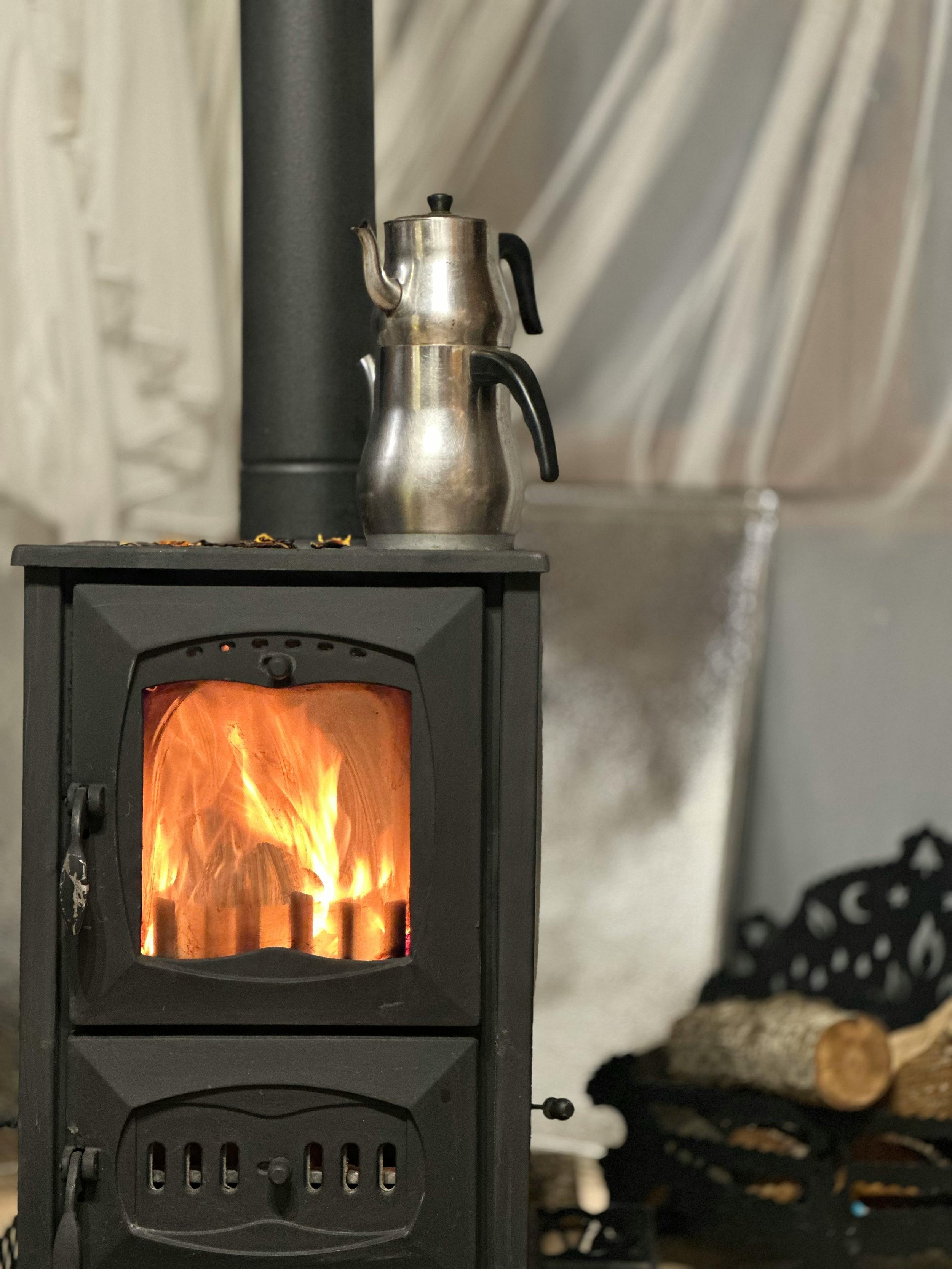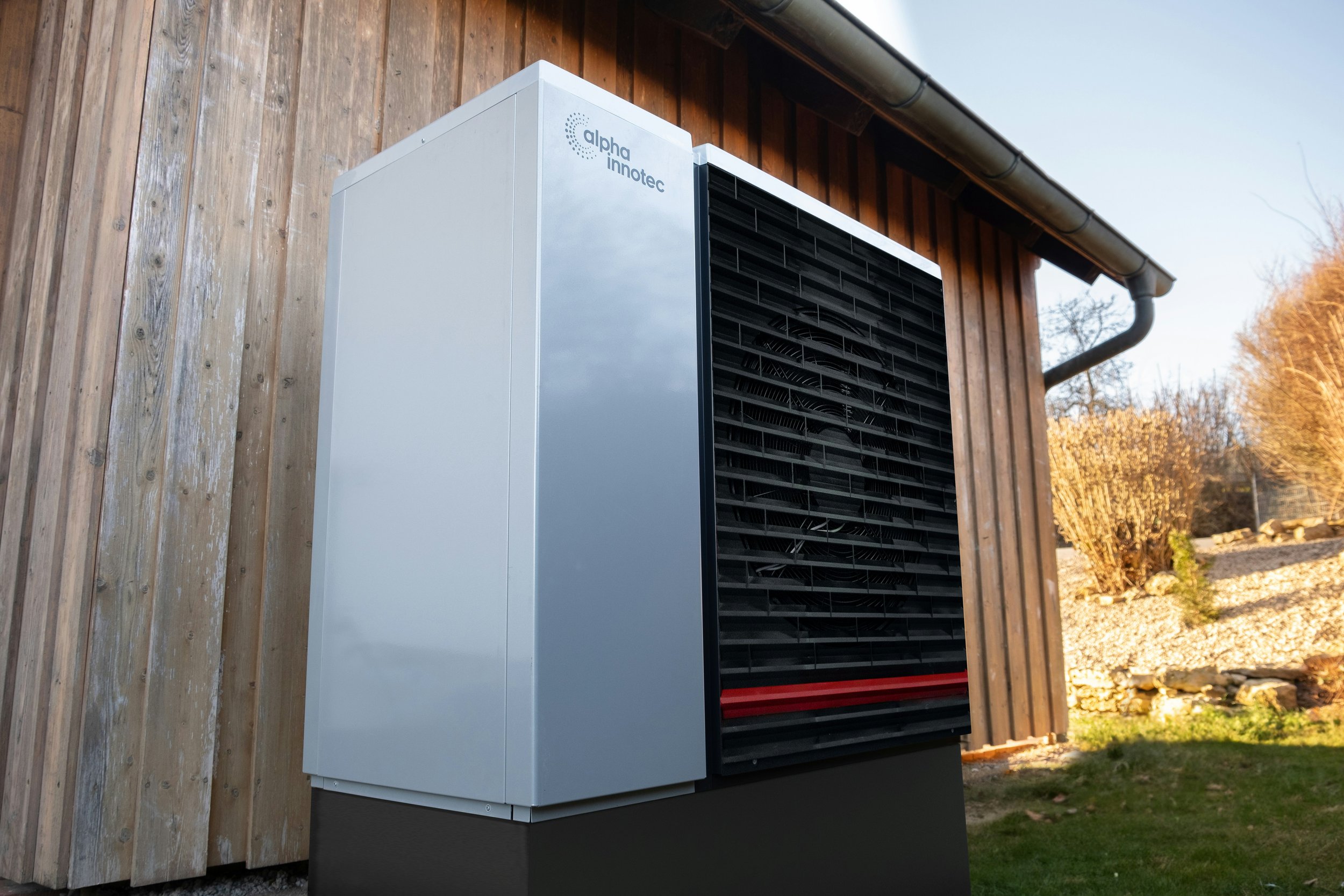Try These 6 Winter Solutions for Small Living Spaces
Make the most of your small space this winter! Discover 6 smart solutions to stay cozy, stylish, and clutter-free all season long.
Winter can be a harsh climate, no matter where you live. So, it’s important to maintain and retain heat, especially if you live in a small space.
According to statistics, you could be losing nearly 40% of your home’s heating energy through the windows alone.
So, you need to figure out ways to generate and retain heat in your house. Need some useful tips and tricks? Then, let’s get started!
1. Lock Out Cold Air
Before you think of ways to maintain heat indoors, you need to search for potential sources of cold air and block as many of them as possible.
The best place to begin locking cold air is by trying the doors that lead up to your entrance from outside.
Check if weather-stripping panels are present, which are insulating materials attached to the sides, top, and bottom of the door to prevent cold air from coming in.
Once you have weather-stripped the door, it’s time to check your windows. See if weather stripping is present along the movable window panes or not. If not, you can use caulk and foam pieces to fix any leaks between the windows and walls.
2. Absorb Sunlight Through Windows
During the day, you can easily make good use of the sunlight filtering in through the windows. This not only reduces the workload on your existing heating systems but also makes sure you don’t spend a ton of money on unnecessary electricity bills.
Whenever there’s a bit of sunlight, open the doors and windows, especially the south-facing ones during the sunny times. When it’s sundown or night, make sure to close your curtains and window coverings.
If trees or shrubs are blocking the sunlight from coming in, you can trim them. Alternatively, install reflective films on the windows to reflect more heat inside the room.
3. Buy a Portable Heater
For small houses and rooms, a portable heater is a great solution for unpleasant winters. These heaters don’t require any expensive installation processes because you only have to plug the wire into the electrical socket.
You can easily carry the heater from one room to another. For instance, you can keep the heater in the living room throughout the evening and then take it with you to the bedroom when you go to bed.
This prevents unnecessary heating of rooms that might be unoccupied, thereby reducing your electricity bills. Most portable heaters are also quite affordable and user-friendly, being equipped with energy-efficient features.
Go for an option with whole-room heating technology, automatic shut-off, and tip-over protection.
4. Put Rugs on the Floor
Cold, hard floors can make your small space even more harsh during the winter. Even though marble or hardwood floors look good, they become ice-cold during the winter.
To combat this problem, large-sized rugs and textiles should be put on all the floors to prevent heat from being lost.
Rugs will add an extra layer between the floor and your feet, which will make it more comfortable for you to walk around the house without your slippers on.
Moreover, rugs and carpets in warm colours of red, orange, or brown can make the entire house look cozy and comfortable. Similarly, you can also hang large tapestries to block the flow of cold air within the walls.
5. Install Storm Windows
Storm windows are an extra layer of windows added either inside or outside the main window panel of a house. This can be a little costly, but storm windows are a great way to keep your home warm during the winter.
You can either watch YouTube videos on DIY storm windows and craft one of your own or ask a professional for help.
If you’re making the storm windows on your own, you can even use plexiglass instead of real glass. But if DIY projects aren’t for you, you can always get in touch with a professional agency to make one and install it on your windowpanes.
Storm windows are also a good idea if you have beautiful windows and you don’t wish to replace them.
6. Follow Strategy-Based Heating
One of the best ways to keep your house warm during winter is to use strategy-based heating, such as closing the doors of unused rooms, using zone heating, and moving small pieces of furniture away from vents or heating systems.
Remove any obstruction that might create problems in your heating system, and make sure you heat only the rooms you need.
Conclusion
With these efficient solutions, you can keep your home warm throughout the winter and ensure your family stays comfortable all season long. So, don’t wait any longer. Invest in the necessary equipment and start working on each of these practices today, and create a cosy home now!











